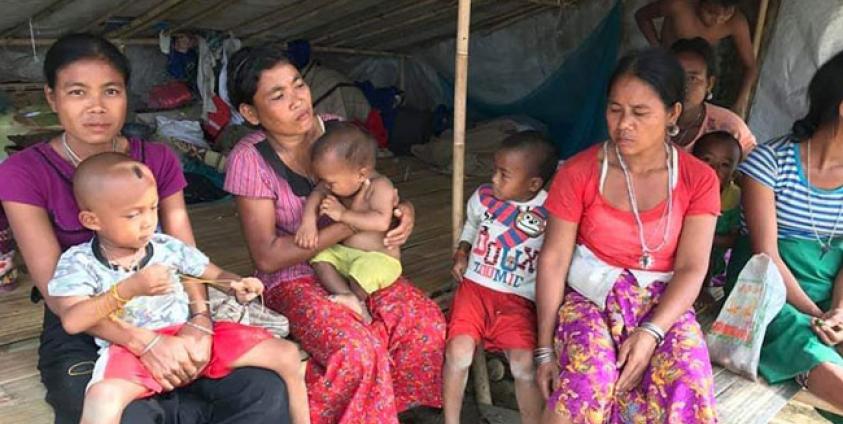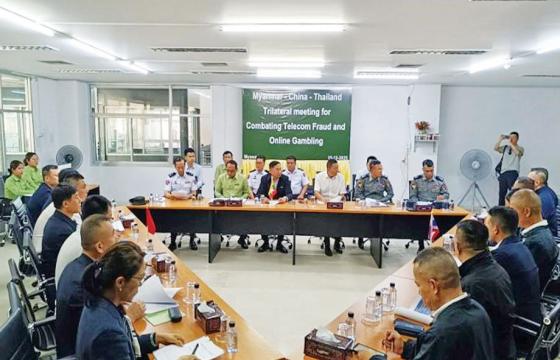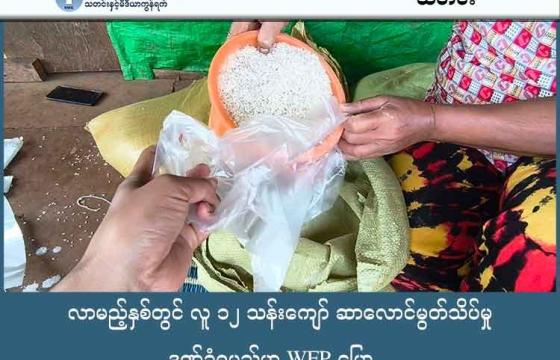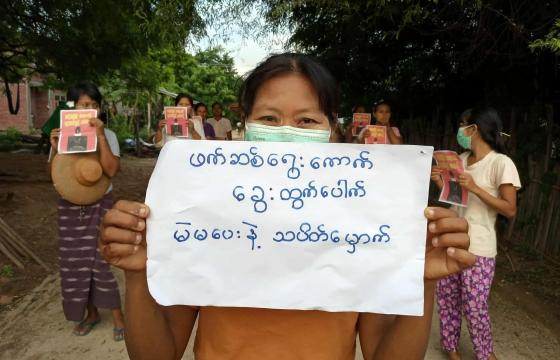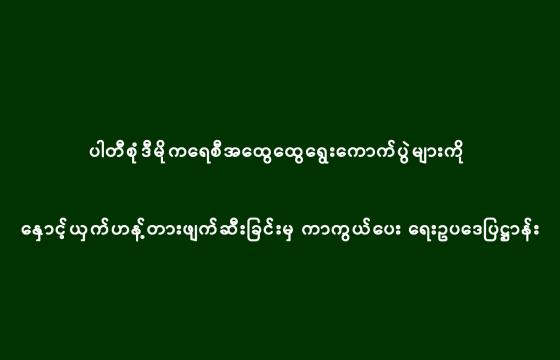As fighting between the Burma Army and Arakan Army (AA) spreads from northern to southern Rakhine State, locals and civil society organizations say that the number of internally displaced people (IDPs) has increased by thousands.
The Rakhine Ethnic Congress (REC) reported there were more than 98,000 IDPs in Rakhine State as of December 2019, and 106,614 IDPs as of January 25, 2020. IDPs have reportedly increased in Ann, Myebon, Minbya, Rathedaung and Pauktaw townships.
“I realized that the AA’s troops began to deploy into southern Rakhine in September and October 2019. At that time, there were no clashes,” REC secretary Zaw Zaw Tun told NMG. “Clashes clearly spread into southern Rakhine State early this year. As a consequence of clashes spreading into southern Rakhine, at least 20,000 IDPs have increased in southern Rakhine State,” he estimated.
A local who spoke to NMG on the condition of anonymity said that more than 1,000 villagers from Maung-Phyu, Nga-San, and Kyauk-yan Thasi villages in Rathedaung Township had been seeking refuge in Yaybok village since January 24.
“Villagers fled into our Yaybok village when a military column of the Burma Army entered their village… They are still afraid to return,” the individual said.
REC said that more than 300 IDPs have arrived in Myebon Township since January 17.
Local people said that more than 3,000 local people fled their villages in Ponnagyun Township at the end of December. More than 70 students have sought refuge in IDP camps due to gunfire at the Mahar Kangyi Shin pagoda and monastery in Kyauktaw town.
“Soldiers have carried out security checks at checkpoints in downtown Kyauktaw and on the Kyauktaw-Sittwe highway almost everyday. Local people are really scared. People are afraid when the army’s military column enters [an area], a Kyauktaw local told NMG.
On January 23, UNOCHA Myanmar reported that clashes were escalating in Rakhine State, the numbers of IDPS were increasing, and humanitarian assistance and IDP protection were needed.
“The number of IDPs is increasing. Neither the state nor Union government is showing any concern about it. They are not solving it. It’s really upsetting. I want to urge the Union government to solve this problem and to provide assistance to these IDPs,” Zaw Zaw Tun told NMG.
Local CSOs said that many IDPs do not come into IDP camps instead stay elsewhere, because of the lack of security and aid in the camps. Others remain trapped by clashes, and still more refuse to leave their village, afraid of losing their land or property. As a result, the exact number of IDPs remains unknown.

